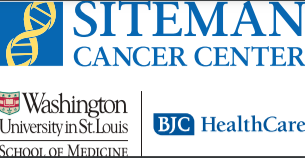- Advertise
- About OncLive
- Editorial Board
- MJH Life Sciences brands
- Contact Us
- Privacy
- Terms & Conditions
- Do Not Sell My Information
2 Clarke Drive
Suite 100
Cranbury, NJ 08512
© 2025 MJH Life Sciences™ and OncLive - Clinical Oncology News, Cancer Expert Insights. All rights reserved.
Dr. Kahl Discusses the Construction of ADCs for Lymphoma Treatment
Brad Kahl, MD, professor in the Department of Medicine, Washington University School of Medicine in St. Louis, Siteman Cancer Center, discusses the construction of antibody-drug conjugates for the treatment of patients with lymphoma.
Brad Kahl, MD, professor in the Department of Medicine, Washington University School of Medicine in St. Louis, Siteman Cancer Center, discusses the construction of antibody-drug conjugates (ADCs) for the treatment of patients with lymphoma.
Kahl says that there are 4 factors needed to build an ADC. First, there must be a good antigen that the monoclonal antibody can target. This antigen must be relatively tumor-selective so that normal tissue is spared. It must also be internalized after binding by the ADC. Second, there must be a monoclonal antibody to bind to the antigen. Third, is a good cytotoxic payload, which is the drug that will kill the tumor cell once it is released from the ADC. Finally, there needs to be a good linking strategy to link the antibody with the drug.
There are many permutations on how to make an ADC, and different companies have varying strategies. Kahl says that it is not yet known which linker, strategy, or technology is best. Making an ADC is complicated, and the effectiveness may be dependent on which payload is used, or which antigen is targeted. Until an ADC is tested in the clinic, its effectiveness is not known, Kahl concludes.


